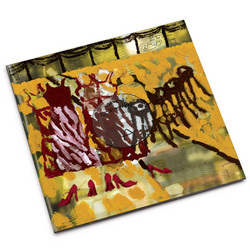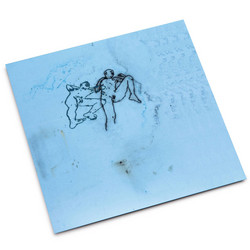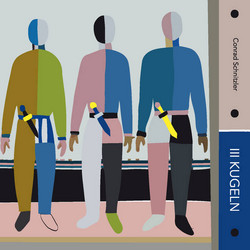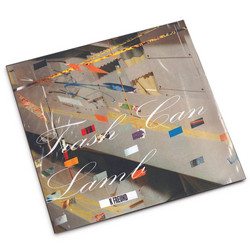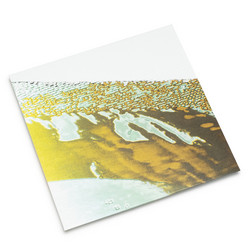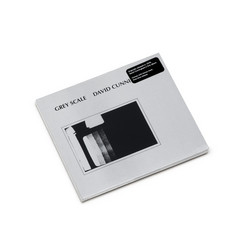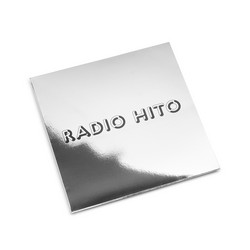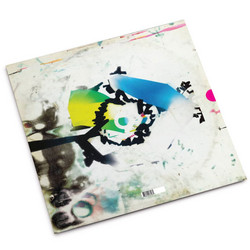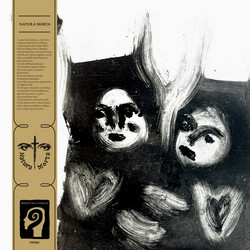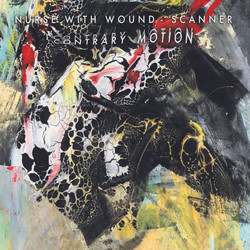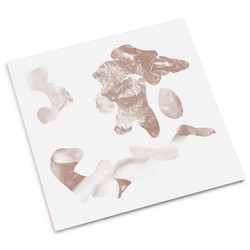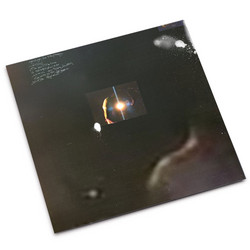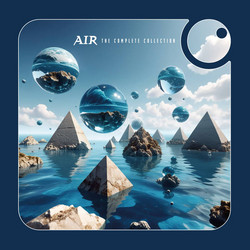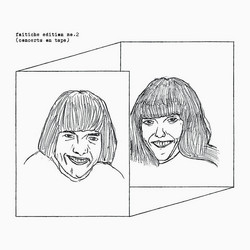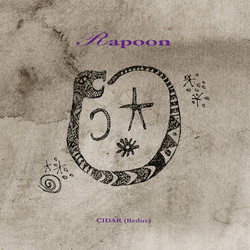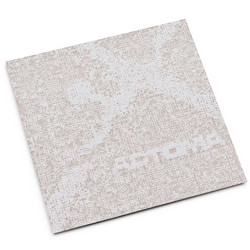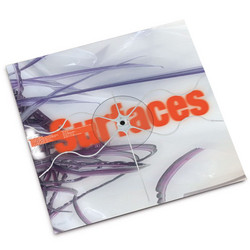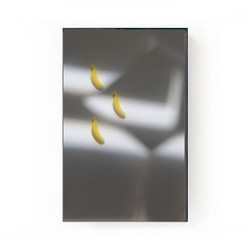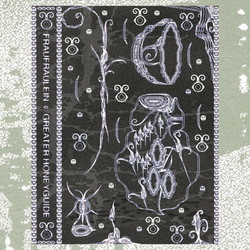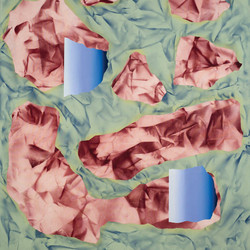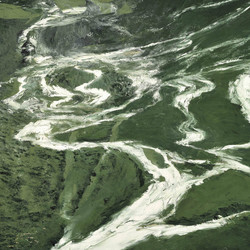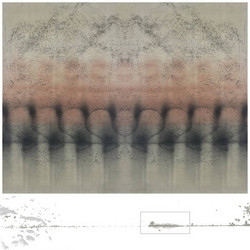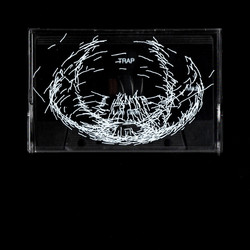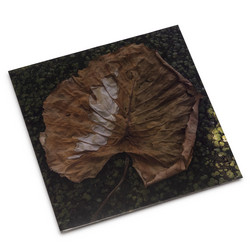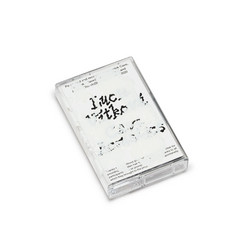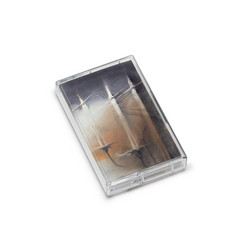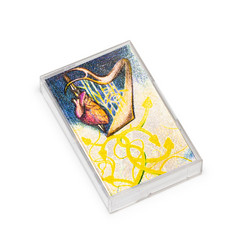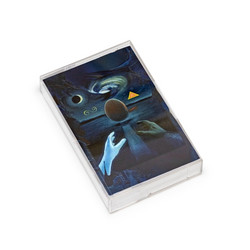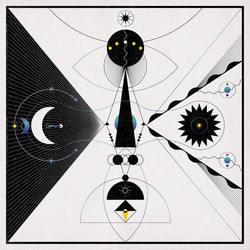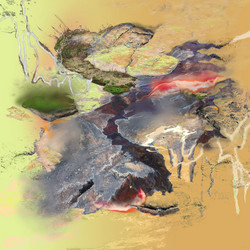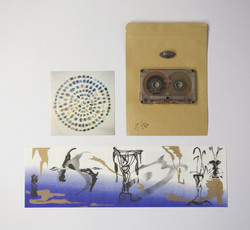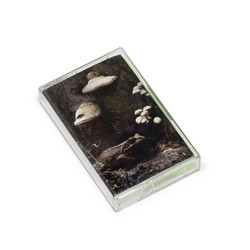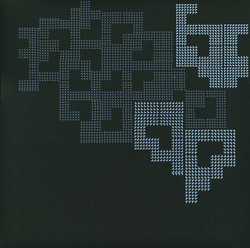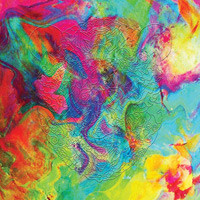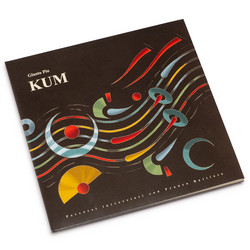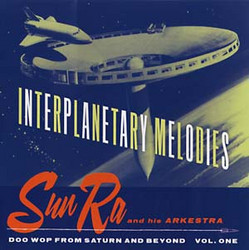Tip! waves...I’m not sure if the ocean is our sequestered delirium; feverishly complex, almighty and delicate, irreconcilably teeming with life that we physically cannot co-exist with, or colonise. Effortlessly overpowering to our multicellular selves, yet an accommodating host for even the single-celled amongst us. Ancestral, integral but largely peripheral, a container for consumerist miscellanea and other sinister debris and, most urgently, it is something that needs to be dealt with… later. However, in Alexandra Spence’s listenings, it’s encouraged that you shed your perceived physical dimensions and terrestrial limitations. Let yourself be carried into the slipstream of these vast, poetic ecosystems and enjoy a newfound existence as a fleck or a mote trailing behind a monumental tail. A devotional offering, a careful investigation of form, periphery and weightlessness, of connection and communication. Spence shares a reimagining of ocean strata that buoys and shifts the listener through sonic intimacies and expanses, to dreamt seabeds with distant sunlight, until you eventually find yourself adrift on some opalescent vessel (dimensions unknown, a tiny shell?), refreshed, journeyed and gently forewarned that our oceans are not infinite.
dream A Northern Pacific Seastar trespasses blurred borders in semi-deep waters, unaware that it has the reputation of a voracious predator. A territorial Blue Groper continues to gain popularity among bipeds in a local Sydney swimming spot. waterbugs, shells rock, queña A subspecies of the Eastern Blue Groper, the Pacific Red Groper (Achoerodus Rosa), was seen to have made a series of significant biological advancements in response to the proliferation of offshore wind farms, and other environmental factors. Due to the significant noise pollution emitted from these farms, breeding cycles were heavily impacted over generations and the Eastern Blue Groper suffered critically reduced numbers, nearing extinction towards the end of the century. tape recording submerged in seawater Its successors became capable of both sound absorption and diffusion due to a thickening of the inner layer dermis, unique patterns in scale growth, and a protracted caudal (tail) fin. It’s understood that the ecological impacts during the Global Temperature Events era also resulted in another reactionary response, and subsequent speciation*. Until this era, no example of large metamorphic water bodies had been positively identified, and it is believed that the Pacific Red Groper strategically adopted its flushed red appearance in order to mimic the extreme colour deviation of Australian coastal waters. *The formation of new and distinct species.
a veil, the sea The Pacific Ocean as a home - not only to marine creatures and sea currents - but to the obscure movements of global trade, offshore data barges, and sunken satellites deactivated and dumped from space. Vast bodies may seem infinite, but nothing is - the depths hold mysterious, beautiful, and troubling things. Sunken satellites, deactivated and dumped from space. Bottlenose dolphins, ancient artefacts, Lego pieces, approximately 36 species of shark, underwater mines… a non-definitive list of things found in the Pacific Ocean ceramic pipes in water, bowed cups pontoon Shore, kit, skipper, school, dock, deck, buoy, freight; Dutch maritime words from 16th C trade routes. Obscure movements of global trade. Offshore data barges. Gas bubbles in seawater scatter sound. The sound emitted by bubbles by the breaking waves of the ocean helps track atmospheric carbon transfer between the ocean and the air. Bubbles can also be used to predict sounds of liquid methane lakes on Saturn’s moon, Titan. Unequal forms; breath with wave, fish with fishing line blown bottles, submerged tape recording of waves, hands submerged hydrophone tape loop recordings …and, do jellyfish breathe?
Alexandra Spence is a sound artist and musician living on unceded Wangal land in Sydney, Australia. Through her practice Alex attempts to reimagine the intricate relationships between the listener, the object, and the surrounding environment as a kind of communion or conversation. Her aesthetic favours field recordings, analogue technologies and object interventions (she holds the belief that electricity might actually be magic). credits released August 30, 2022 Recorded, performed, composed, and mixed by Alexandra Spence In order of appearance: waves, waterbugs, shells, cymbal, keyboard, clarinet, woodblock, dream, rock, queña, modular synth, hands, tape recording submerged in seawater, tape loops, NI mixer, EMS VCS 3, sine waves, non-definitive list of things in the Pacific Ocean, submerged hydrophone tape loop recordings, ceramic pipes in water, bowed cups, pontoon, blown bottles, submerged tape recording of waves.
